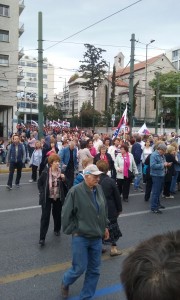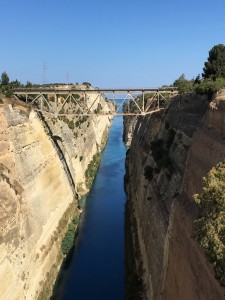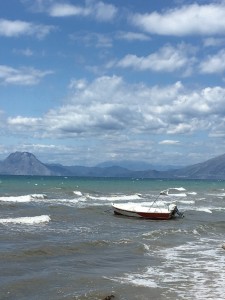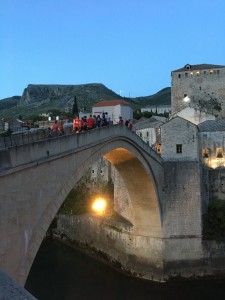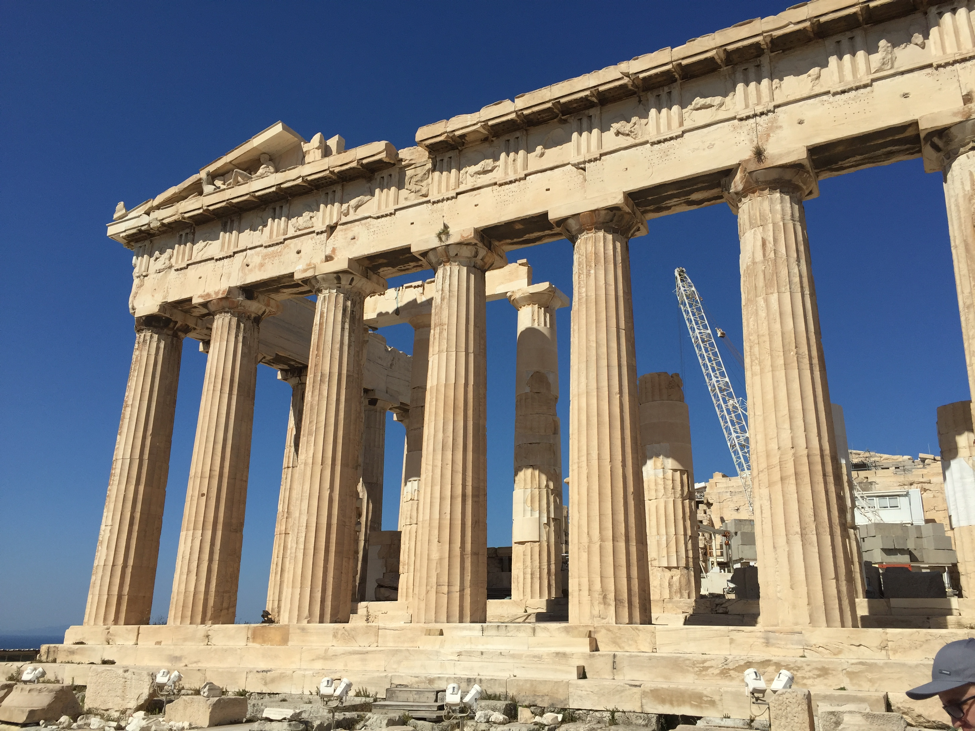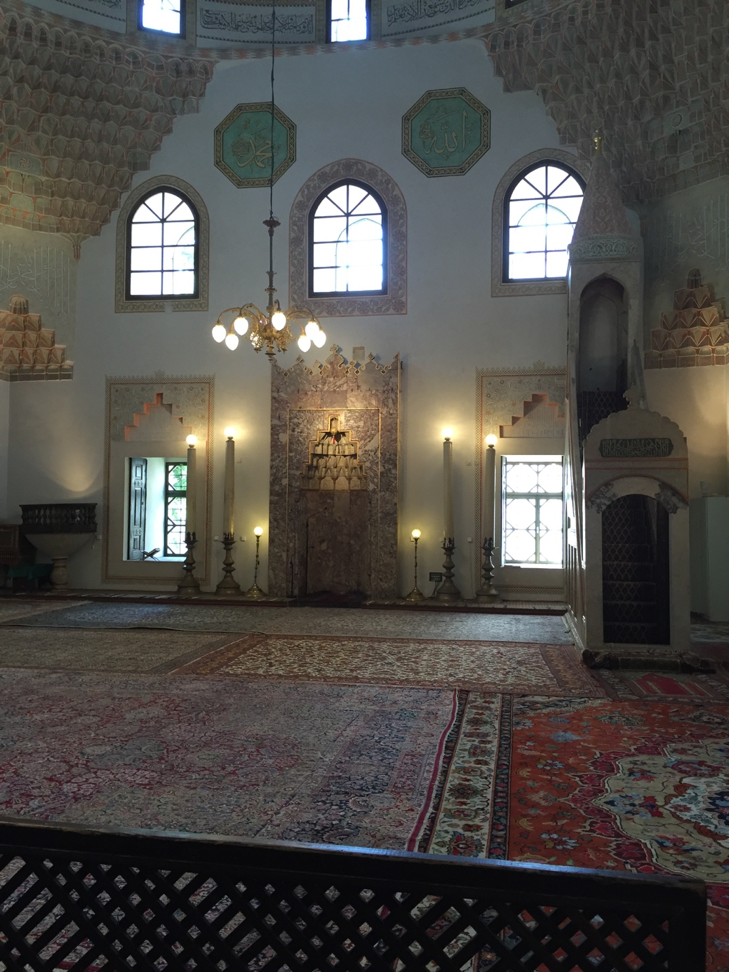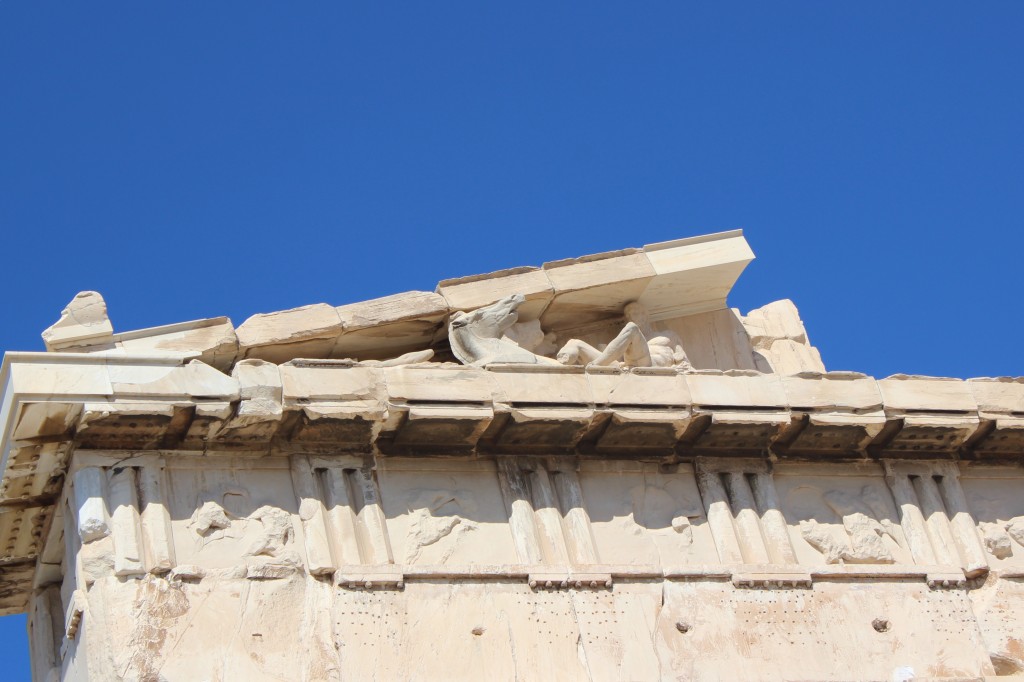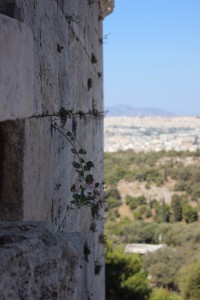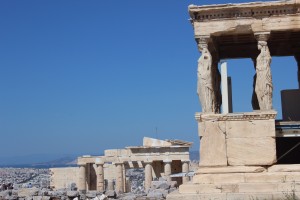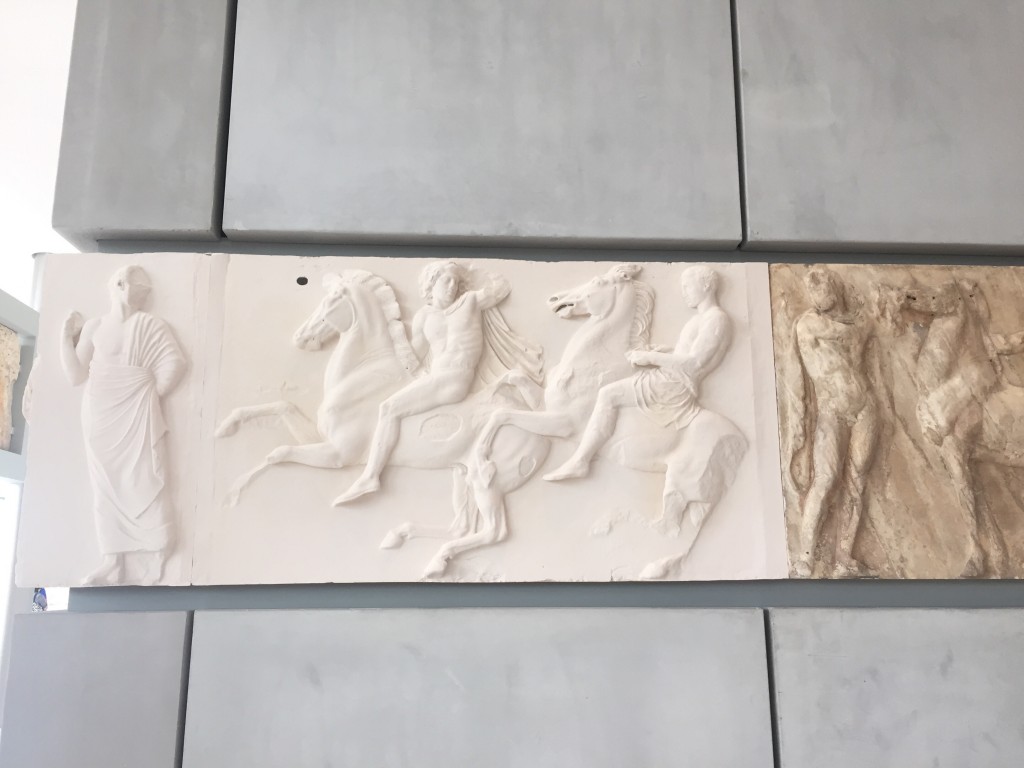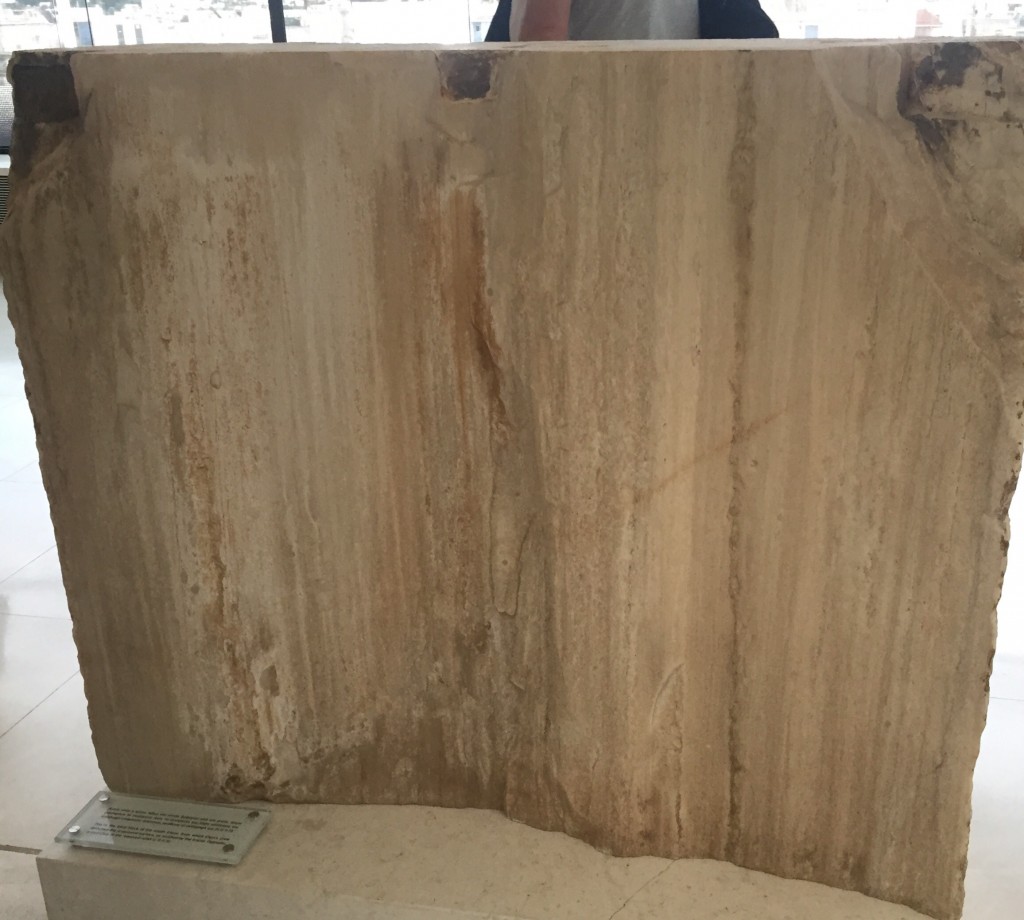Our arrival in Athens coincided with the Parliament’s approval (read: acquiescence) to the latest round of austerity measures to comply with budget targets set by the “Troika” of official lenders (the EU Commission, the European Central Bank, and the IMF) that has been floating the public sector in Greece for several years now. In exchange for €11bn in new loans that will be used entirely for meeting upcoming debt-service payments and for clearing existing arrears, Greece has agreed to measures that increases taxes on food, gas, alcohol, cell phones, Internet service, TV service, luxury goods, and the VAT which is now at 24%. The latest austerity program also lays the groundwork for the sale of publicly owned transport, utilities, port systems, 71,500 pieces of ‘prime public property,’ and further public assistance of private Greek banks that are holding non-performing business loans. For good measure, the parliament also implemented a trigger clause that will automatically cut additional public spending should the country fail to meet any of the steep austerity targets imposed in the wake of the default standoff with Europe last summer.
This latest episode is, of course, just the latest in a daunting list of austerity measures that Greece has been forced to implement to honor their debt payments (well, most of the time) and to keep their line of credit open. Sadly, none of the loans accumulated throughout the crisis have been used for productive investment or a ‘stimulus package’ of any sort. Further, with income taxes now at 48% and sales taxes set at 23%, shortfalls in aggregate demand will not be originating from consumers in any time soon. Given that the economy that has shrunk by 25% since the crisis began, there simply isn’t enough economic activity to generate tax revenues to that keep the public sector afloat. As a result, all efforts to meet debt obligations have come in the form of more loans and massive cuts. Over the past 6 years, public employees have endured salary freezes, massive layoffs, the elimination of core employee benefits, significant pension and retirement reforms, reduced minimum wages from €750 ($850) per month to €585 ($660), the elimination of a number of holidays, and much more.
As I learned from our guide Dmitri, the depression has led to a decline in the material conditions of Athenians in a number of ways. For example, renters that qualify cannot be forced to pay rent on their apartments which has led to low upkeep and scores of housing complexes falling into disrepair. Other examples that are telling include cuts at the University of Athens that extend all the way to the supply of toilette paper, and the well-publicized undersupply of medical provisions at hospitals that have led to inadequate care. With unemployment at 26%, youth unemployment at 51%, immeasurable levels of underemployed, the steep and steady brain drain, and jaw-dropping levels of capital flight (with estimates as high as a third of annual GDP leaving the country in the year after Syriza was elected), one gets the sinking feeling that Greece might still be at the very beginning of their decline. To paint an even grimmer picture, suicides have increased by almost 40% since 2012, some of which committed by pensioners in front of the parliament building in the ultimate act of protest.
To be sure, there is plenty of blame to be shared by scores of actors in the lead-up to the crisis including lax public spending (though pre-crisis debt to GPD ratios looked sustainable and were reflected as such in credit ratings), fraudulent public bookkeeping, and dismaying levels tax evasion from the Greek populace. Private creditors, however, have played a massive role in deepening and extending the crisis by passing the risk of Greek default to regional taxpayers in the 2012 restructuring process.
Perhaps the worst part for Greece, however, is that their Eurozone membership completely eliminates the use of the only economic instruments that have a decent record in turning around past sovereign debt crises; namely currency devaluation (which could increase foreign demand of Greek exports) and inflation (which decreases the cost of paying back loans). By not having control over their own currency, Greece’s hands are completely tied, and their only real option is to continue to beg for loans to pay off existing loans in exchange for more austerity measures.
Given that an exit from the Eurozone is off the table for the time being, the only other hope is for Greece to somehow experience a sustained period of economic growth, but I have no idea if and how this is ever going to happen any time in coming years without the possibility of a large public stimulus, continued increases on taxes, and no ability to control its currency. My best guess is that the Troika will, at some point in the next few years be forced to write-off a significant amount of debt, but not before a number of harrowing moments that will once again threaten the European (and global) financial system.
In the meantime, we can expect continued social and economic unrest manifested in a number of ways similar to the transit strikes that coincided with our arrival, or the public demonstration that Dan and I stumbled upon while walking off our jet lag.
What is to be done? I’m not sure, but perhaps suggestions like the one posted on the bus stop outside the parliament building are as good a place to start as any.
Philip Mellizo
